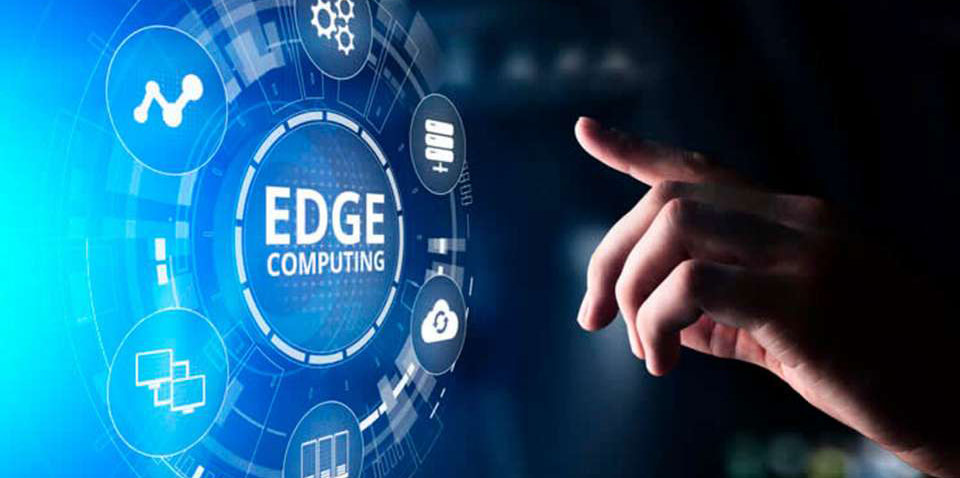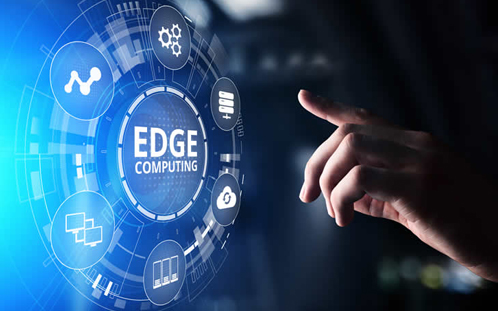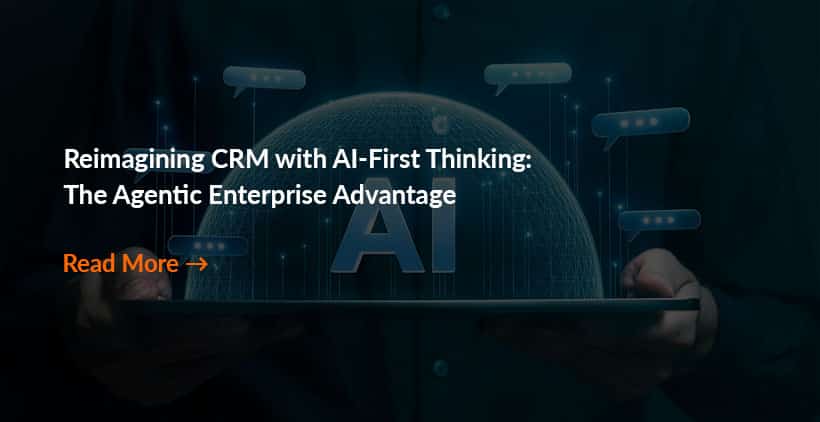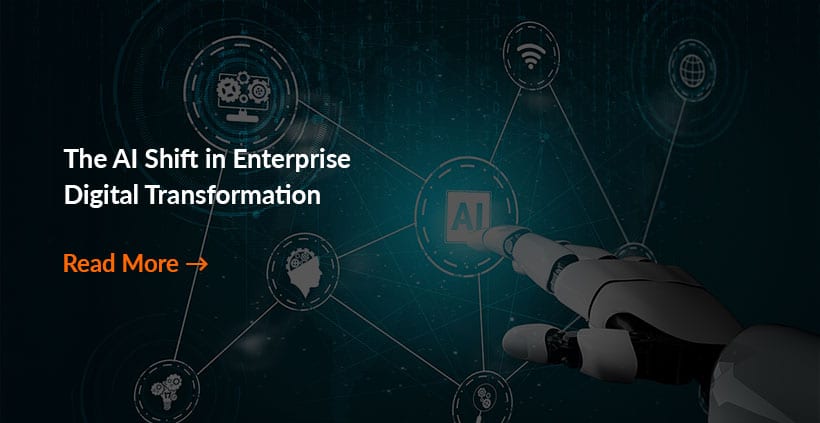The cloud’s very presence took the world by storm, and in the process, it showed that it was more than just a hoopla. We have seen immense growth in SaaS applications over the years.
Since the conception of artificial intelligence (AI), the industry has had a paradigm shift from cloud to ‘edge.’ With the emergence of the (IoT) Internet of things confusing the digital space, edge computing is winning domain authority.
IoT has changed the way enterprises work. The industry has seen an enormous transformation from on-premise software to cloud computing. From voice assistants to smart homes, brands have increased their scope of services and research with different plans to improve the customer experience.

By collecting and processing data using cloud technology, enterprises have disengaged from the constant trouble of accessing data that is restricted.
We can now utilize additional features on our connected devices without the need to expand their power. All credit goes to cloud computing.
Here are some critical differences between Cloud and Edge Computing:
- Cloud computing uses remote servers or data centers to collect, process, compute, and analyze vast amounts of data.
On the other hand, Edge computing moves the computing, storage, and networking closer to the source of data, significantly decreasing travel time and latency.
- Location coverage in Cloud computing is global since their data centers are located all around the world. In the case of Edge Computing, it brings computation closer to the network edge where the data is collected at source.
- The average response time for Cloud computing is in minutes or days.The average response time for Edge computing is in milliseconds.
- Cloud computing requires vast amounts of bandwidth. With edge computing, bandwidth is reduced to less than half.
- Cloud computing works as a regular server, and every process that happens is accounted for within the server. Edge computing is linked with the same processing of data but at the endpoint, typically known as ‘edge.’
- Both systems are useful; however, the use of a particular technology is defined by the area of application. One does not disregard the other; neither can they control each other.




